From COLD MIDNIGHT, to American Anti-Chinese Expressions in the Late 1800s and Early 1900s
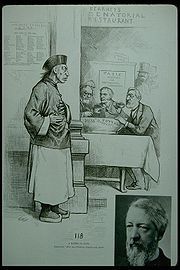 Thomas Nast cartoon of "John Confucius"St. Johnsbury, Vermont, had an unsolved murder in 1921 -- of a Chinese laundry owner named Sam Wah. Because the murder is at the center of my new YA mystery, COLD MIDNIGHT, I talk a lot at author events about the "historically real" murder and the way the local newspaper handled it at that time, as well as in later retrospectives.
Thomas Nast cartoon of "John Confucius"St. Johnsbury, Vermont, had an unsolved murder in 1921 -- of a Chinese laundry owner named Sam Wah. Because the murder is at the center of my new YA mystery, COLD MIDNIGHT, I talk a lot at author events about the "historically real" murder and the way the local newspaper handled it at that time, as well as in later retrospectives.One aspect raised a good question from a careful listener at Boxcar & Caboose, the town's welcoming bookshop.
"If Sam Wah was only hosting an 'endless' poker game for the local businessmen, why did the newspaper say he had a 'gambling den' instead?"
The sad answer is the anti-Chinese racism that thrived in America at that time.
Think back to the great era of building railroads across the nation -- most of them were done by the time of the Civil War. After the war was over, many Chinese men who had been kidnapped from their homeland to labor on the rails were suddenly out of work, and willing to take very low wages for other jobs. In the sluggish economic period that followed the war, this became an issue that we today recognize still: "Those Chinese are taking our jobs. Get rid of them! They're criminals and not like us, and besides, they are dirty!"
Those phrases come up in almost any form of racism or anti-group expression. In the late 1800s they led to federal legislation barring further Chinese entry into the country (except for "professionals" -- which included laundrymen!), forbidding Chinese women to arrive ("they would multiply like rabbits"), and saying Chinese could not become naturalized American citizens. The 1882 law actually broadened over the years, being used against all "Asians," until World War I sharply increased the need for males to go to war. Even without the law's force, though, the racism survived.
At that time, the term "Chinaman" was derogatory -- much like "Nigger." Cartoons created a persona of the ignorant, lazy, dirty, immoral Chinese, calling this figure "John Chinaman." Here's a short related piece particularly for educators (including relationships to state standards) that accompanies this image of "John Chinaman":
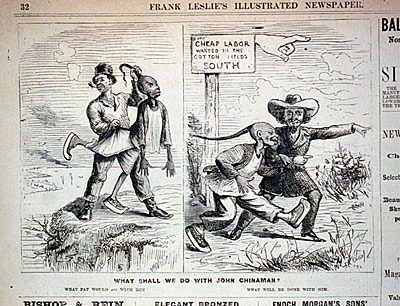
I thank my husband Dave for continued research on this, including the images that follow here:
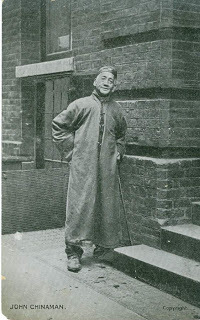 "John Chinaman" postcard
"John Chinaman" postcard
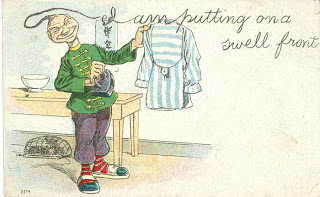 Dated on rear May 27, 1910, in Indiana.
Dated on rear May 27, 1910, in Indiana.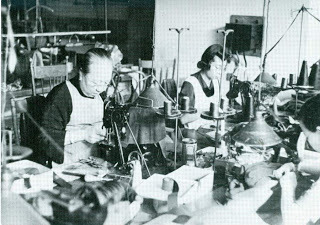 Chinese women finally arriving in the US after World War I -- part of a needed workforce.
Chinese women finally arriving in the US after World War I -- part of a needed workforce.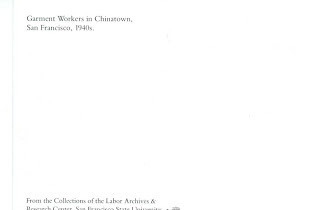
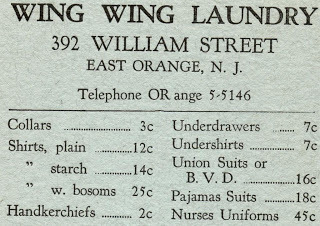 Chinese laundry prices, circa 1940
Chinese laundry prices, circa 1940A special note for those who appreciate exploring through music: American song lyrics also showed the feelings against Chinese at the time. See in particular "John Chinaman, My Jo," from Conner's Irish Songbook, 1868. And here is a link to the lyrics for "John Chinaman" and "The Heathen Chinee," from 1855 and 1870, respectively.
Published on November 18, 2012 10:12
No comments have been added yet.



